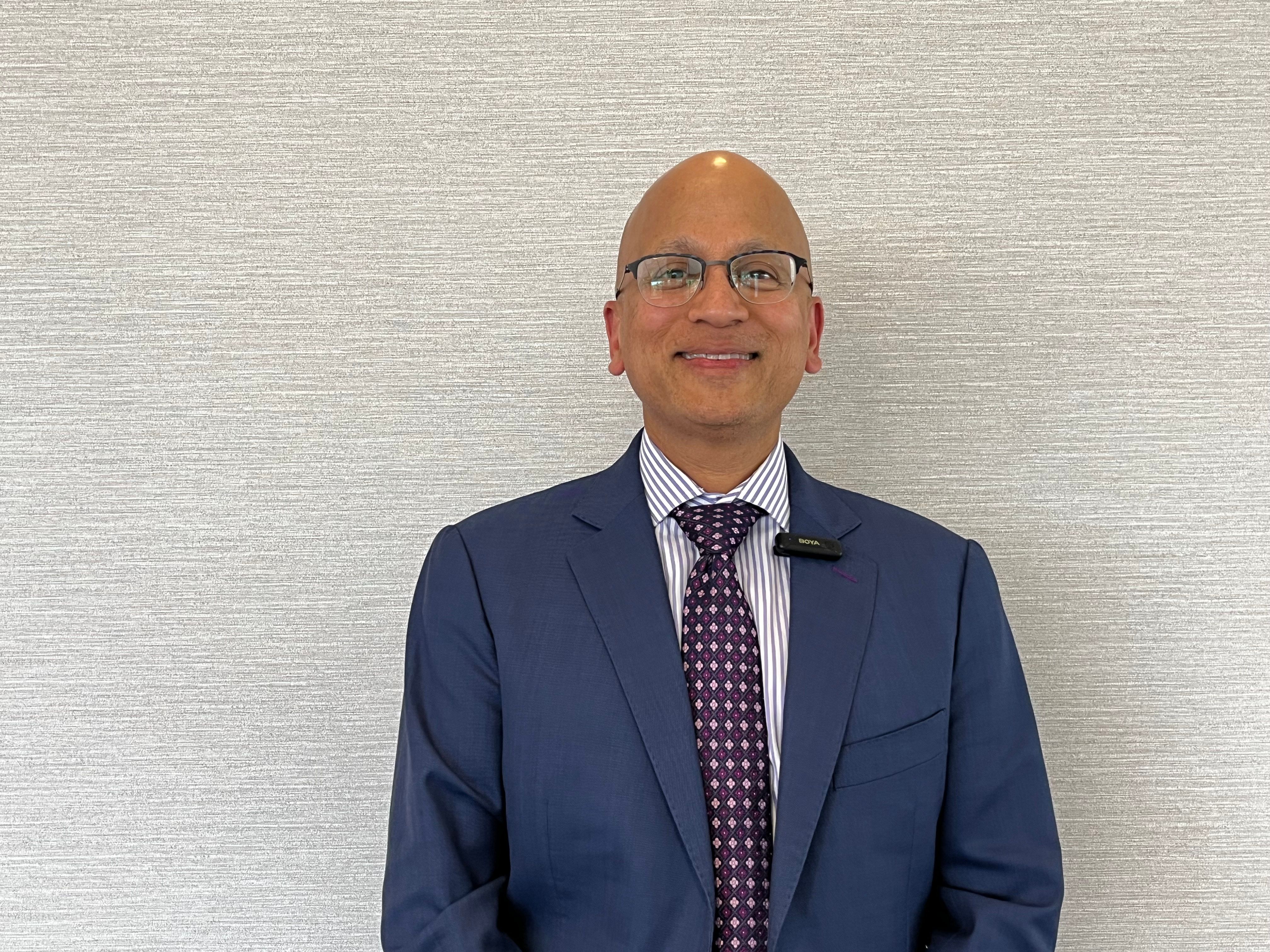Article
Many factors affect wound healing after epi-LASIK
Many factors play a role in wound healing after epi-LASIK. For example, use of nonsteroidal anti-inflammatory drugs (NSAIDs) after surgery, advanced age, and a compromised tear film have been associated with delayed wound healing, whereas younger age, healthy tear film, and certain nutritional supplements have been associated with rapid wound healing.

Unfortunately, no large, well-controlled studies have been conducted to determine which factors are associated with delayed wound healing and their individual impact. Anecdotal reports of delayed wound healing with NSAIDs recently have been published, but on further investigation, other factors have been found to contribute to the issue of delayed wound healing.
NSAIDs' role
All patients instilled ketorolac and nepafenac three times daily after surgery, with the initial dose applied at the time of surgery on the stromal bed under the bandage contact lens. Dr. Trattler found at his site that nepafenac-treated eyes took more time to heal (5 days versus 7.5 days), although this finding was not statistically significant and had early corneal haze (McDonald MB, Trattler W. Double-masked comparison of ketorolac trometh-amine 0.4% versus nepafenac sodium 0.1% for postoperative healing rates and pain control in eyes undergoing surface ablation. Invest Ophthalmol Vis Sci 2006; 47:ARVO E-abstract 535).
I used exactly the same protocol but had a completely different experience. None of the eyes treated with nepafenac experienced delayed wound healing, and nepafenac and ketorolac had similar pain, burning, and photophobia scores. In fact, I have used nepafenac in approximately 400 epi-LASIK patients and have not seen any increase in haze formation or delayed wound healing.
Additionally, the protocol used in this study typically is not used in clinical practice. This study's protocol called for the NSAID to be placed directly on the stromal bed, for the NSAID to be dosed for 5 days, and for the bandage contact lens to be kept in place until healed.
Typically, the NSAID is placed on top of the contact lens in eyes that have undergone epi-LASIK. In fact, I don't know of any refractive surgeons who advocate putting NSAID drops directly on the bed and then placing the lens. Especially with nepafenac, it is not necessary to put the drop right on the bed. Because of nepafenac's unique pro-drug structure, it has good permeation into the cornea.
Pro-drugs are the inactive form of a drug that becomes active after metabolic conversion in the body. Nepafenac comes in contact with the cornea as nepafenac and is then converted intraocularly to amfenac, a potent NSAID, by naturally occurring esterases. Because nepafenac is a pro-drug, it reaches optimal concentrations in the cornea, iris-ciliary body, and retina/choroid, making it the first and only target-specific NSAID.
NSAID use in PRK
Other studies have reported good results when using NSAIDs after refractive surgery. For example, Eric Donnenfeld, MD, of Rockville Centre, NY, conducted a double-masked, multicenter, contralateral-eye study comparing ketorolac and nepafenac. The investigators found that, although these drugs have similar effects on wound healing, nepafenac provided better pain relief and was more comfortable for PRK patients [Donnenfeld ED, Durrie DS, Holland EJ, Raizman MB. A double-masked study of nepafenac 0.1% and ketorolac 0.4% for pain and epithelial healing following PRK (which was scheduled for presentation at the 2006 annual meeting of the American Academy of Ophthalmology)].
Newsletter
Don’t miss out—get Ophthalmology Times updates on the latest clinical advancements and expert interviews, straight to your inbox.





